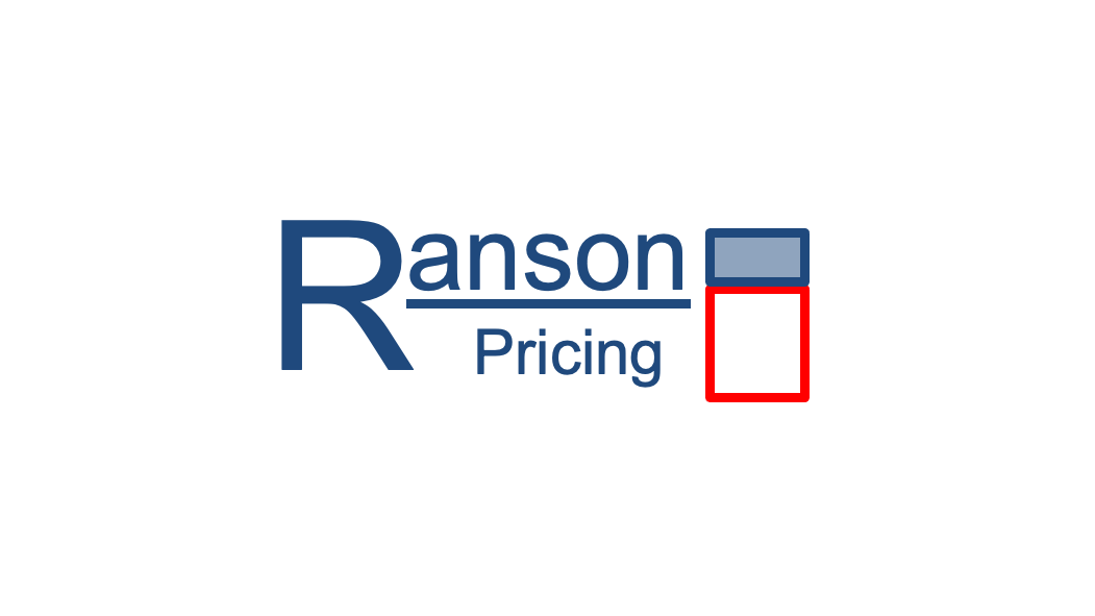The Airbus 320neo family are arguably the greatest mid-size planes ever built. The Airbus site tells me that the “new engine options” (neo) airlines can choose from include a “Pratt & Whitney PurePower PW1100G-JM geared turbofan” or “CFM International’s LEAP-1A”. Sharklets on the wingtips keep fuel consumption down.
Since this blog is about airline reven…
Keep reading with a 7-day free trial
Subscribe to Airline Revenue Economics to keep reading this post and get 7 days of free access to the full post archives.

